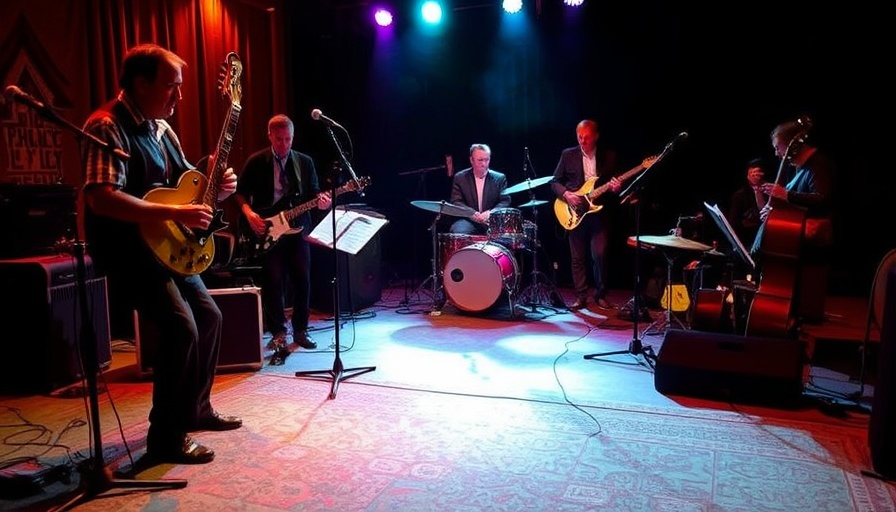
The Visual Symphony of Jazz and Blues: A Deep Dive
Jazz and blues, deeply rooted in the African American experience, tell timeless stories of resilience and creativity. A new exhibition at the Wilmer Jennings Gallery in New York brings these narratives to life through the lens of two remarkable photographers, Frank Stewart and his mentee Petra Richterová. Their work not only showcases iconic musicians but also captures the vibrant culture of the African diaspora that has shaped these musical genres.
Highlighting Cultural Narratives Through Photography
Stewart and Richterová have documented legendary artists, including Miles Davis and Wynton Marsalis, revealing a rich tapestry of emotion and history that resonates deeply with audiences. As Stewart reflects, "We noticed that there were very few positive images of Black folks at the time," emphasizing the importance of representation and storytelling in their work. Their photographs serve as a visual archive, chronicling the evolution of jazz and blues against the backdrop of societal challenges and triumphs.
How Personal Experiences Shape Creative Perspective
The backgrounds of both photographers offer unique insights into their artistic journeys. Stewart, originally a painter, turned to photography for its immediacy—he could capture moments in real-time that painting could not. On the other hand, Richterová found photography less isolating than drawing, allowing her to engage with the world around her. This duality in their approaches enhances the exhibition, as the audience can feel the pulse of life emanating from the captured images.
Photographs as Historical Documents
Stewart voices a crucial point: historically, very few musicians were documented, and those who were typically belonged to the mainstream. The Kamoinge group, which both photographers are associated with, aims to change this narrative. They focus on creating positive images and stories surrounding Black artists, thus enriching the cultural landscape and challenging the often-negative portrayals in media. This profound commitment to documenting the Black experience allows viewers to appreciate the depth of talent that jazz and blues encapsulate.
The Essence of Life Through Music
Photography and music share a harmonious relationship, with each influencing the other. Richterová articulates this beautifully: "Everyday life experiences are the essence of the human journey, and jazz is a commentary on this life through the lens of Black experience." By marrying personal stories with artistic expression, both photographers reveal how music serves as a voice for the unsung stories of everyday individuals. Their work prompts us to consider the life and rhythm behind every note played.
Inspiring Future Generations of Photographers
The exhibition not only honors the legacy of jazz and blues but also serves as an inspiration for future generations. It champions the importance of documenting cultural histories and emphasizes the significance of positive representation within the arts. As digital nomads venture around the globe armed with cameras and smartphones, they are now more equipped than ever to share their unique stories—encouraging a worldwide narrative rooted in authenticity and truth.
The Exhibition: Details and Access
The Jazz and Blues exhibition at the Wilmer Jennings Gallery is open until June 28. It invites attendees to immerse themselves in a rich collection that transcends the visual, evoking the soulful notes of the music and experiences it represents. Don't miss the chance to witness these powerful images that connect us with the past and inspire us to continue telling stories that matter.
The interplay of culture, art, and community forms a bridge between generations. By visiting exhibitions like this, not only can viewers engage with the music in new ways, but they can also appreciate the historical significance of the artists who shaped it.
 Add Row
Add Row  Add
Add 




Write A Comment